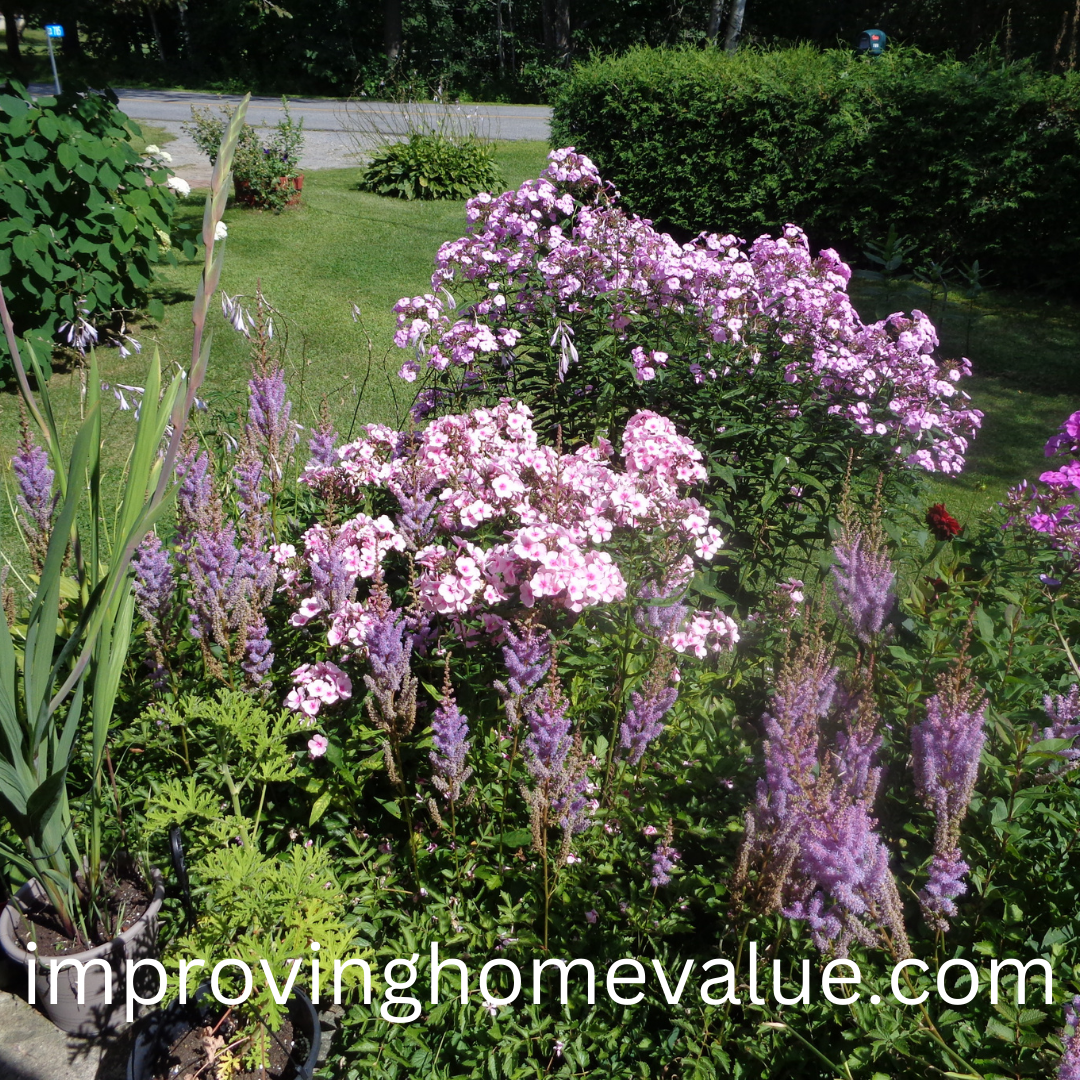Getting the basics right starts with picking the perfect spot for your Astilbe. These plants thrive in partially shaded areas. Think about spots under trees or along north-facing walls where they can enjoy some indirect light. Full sun can scorch those delicate leaves, so shade is key.
Soil is another biggie. Astilbe loves well-draining, slightly acidic soil – we’re talking pH 6.0 to 6.5. Before planting, enrich the soil with organic matter like compost or leaf mold. This helps retain that oh-so-precious moisture while preventing waterlogging, a balance that Astilbe roots will appreciate.
When it comes to light, aim for dappled sunlight or morning sun with afternoon shade. Too much direct sunlight can lead to crispy leaves and faded blooms. If you live in an area with cooler summers, they can handle a bit more sun, but always err on the side of caution with shade in hotter regions.
Proper watering is crucial. Astilbe needs consistent moisture, especially in the growing season. Water deeply once a week, making sure the soil stays moist but not soggy. Mulching with organic materials like bark chips or straw can help conserve moisture and keep roots cool.
Discovering the Diversity: Varieties, Sizes, and Colors of Astilbe
Astilbe plants come in an amazing variety of types, sizes, and colors, which makes them super versatile for any garden. Let’s break it down:
There are several popular Astilbe varieties you might want to consider. For instance, ‘Fanal’ is known for its deep red blooms, while ‘Bridal Veil’ dazzles with its white plumes. ‘Vision in Pink’ and ‘Peach Blossom’ add soft, pastel tones to your garden. Each variety brings its own flavor, so choosing the right one depends on your garden’s aesthetic and your personal preference.
Size matters too. Astilbe plants range from compact varieties that grow about 12 inches tall to larger ones that can stretch up to 36 inches. If you’ve got a small garden or a tight spot to fill, go for the dwarf varieties like ‘Sprite’ or ‘Lilliput’. Larger spaces can accommodate the taller varieties like ‘Purple Candles’ or ‘Mighty Pip’.
Astilbe plants are a color lover’s dream. You’ll find blooms in various shades of pink, red, white, and even lavender. These vibrant colors can add a much-needed pop to any dull corner of your garden. They also pair well with other shade-loving plants like hostas and ferns, creating a lush, layered look.
When selecting the right variety, think about your garden theme. If you’re going for a cottage garden look, the soft pinks and whites are ideal. For a more dramatic, modern feel, the deep reds and purples will do the trick. Always consider how the colors will complement the existing plants in your garden.

Care, Maintenance, and Benefits of Growing Astilbe
Timing is key when planting Astilbe. The best time to get these beauties in the ground is either in the spring when the ground has thawed or in early fall to give them time to establish roots before winter. Planting in cooler weather helps reduce transplant shock and gives them a strong start.
To start new plants, divide mature Astilbe clumps every three to four years. This keeps your plants healthy and prevents overcrowding. Dig up the clump, gently separate the roots, and replant them in prepared soil. Water thoroughly to help them settle in and mulch to retain moisture.
One of the coolest things about Astilbe is how much bees and hummingbirds adore them. Their feathery plumes are like magnets for pollinators, turning your garden into a buzzing, lively haven. If you love watching these beneficial creatures at work, planting Astilbe is a no-brainer.
Of course, even the toughest plants can face some challenges. Common pests include aphids and spider mites, which can be managed with neem oil or insecticidal soap. Watch for powdery mildew, especially in humid conditions. Proper spacing and air circulation can help prevent this fungal issue. If you spot any signs of disease, act quickly to remove affected foliage to stop it from spreading.
Regular maintenance will keep your Astilbe looking its best. Deadheading spent blooms encourages new growth and a tidier appearance. In late fall, cut back the foliage to the ground to prepare for the winter. Come spring, new shoots will emerge, ready to wow you all over again.
